July 23, 2016
This was the last full day of the Gaspe’ portion of the caravan and the first full day of the Maritimes portion, and the motorcoach (bus) was at capacity. Because participants could take either tour or combine them as we did, we were 27 couples. This bus tour through a national park left us wanting more national park and less bus tour.
We took the Cabot Trail, named for Italian explorer John Cabot (Giovanni Caboto) who landed in the area on a sailing mission for Henry VII of England in 1497. It is a 186 mile drive around the park. Stops included a gift shop/cafe, a hooked rug museum, two scenic overlooks, lunch at a restaurant outside the park, and a stop for ice cream at a resort in the park. We stopped along the drive and watched a black bear feeding on grubs.
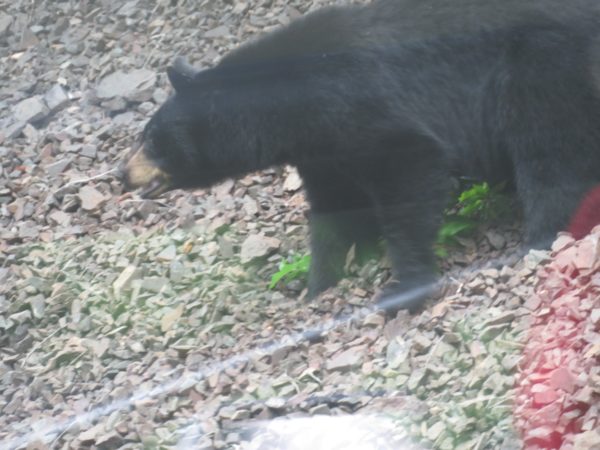 Bear, through the bus window, camera zoomed in
Bear, through the bus window, camera zoomed in
Dave and Jane’s day, if typical of a national park, would have included a stop at the visitor’s center for orientation and a viewing of the exhibits and videos and a walk or two into the park itself. We would probably have missed the hooked rug museum which was an excellent look into a craft of this area, practiced today by a decreasing number of older residents. Jane was glad to get an understanding of this activity described by Margarite di Angeli in Henner’s Lydia, a book given her by her Uncle Bob and Aunt Alice before she started school. We would certainly have skipped the hour and a half at the gift ship and ice cream stand.
The park forms the northwest portion of Cape Breton Island, with the Gulf of St. Lawrence on the north/west and the Atlantic Ocean on the south/east and the Strait of Canso separating the island from the rest of Nova Scotia. It is over 350 square miles in area and was the first national park in the Atlantic provinces.
The park itself is said to resemble Scotland (this is Nova Scotia–New Scotland) with rocky coasts, heaths and several mountains. The Aspy River runs through the eastern section of the park, along the bed of the Aspy Fault, probably formed when tectonic plates collided and created the Appalachian Mountains. Vegetation above it lets one see it in the landscape.
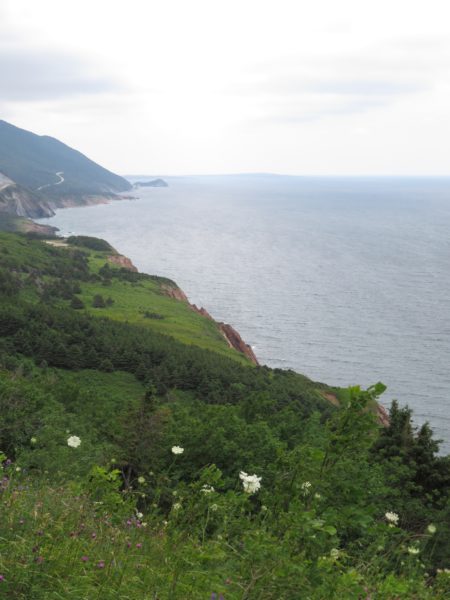
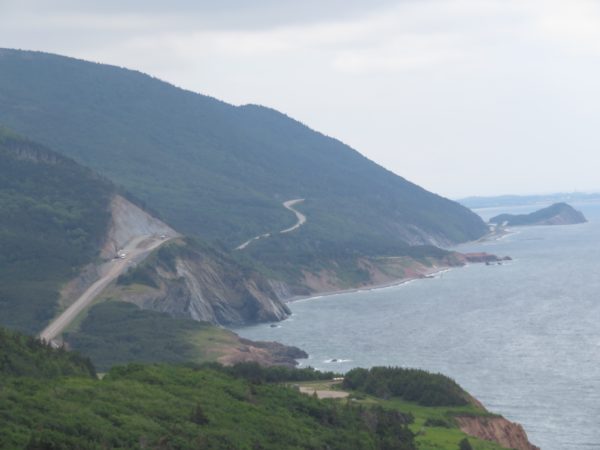
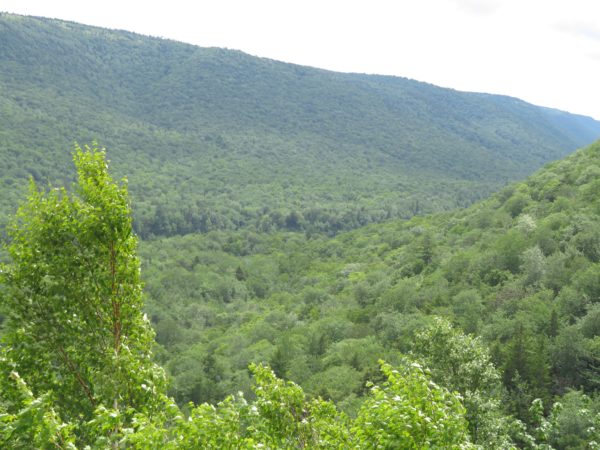
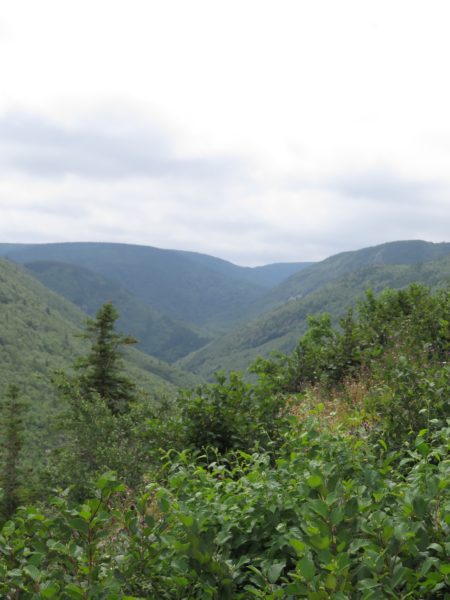
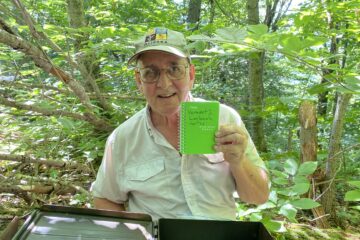
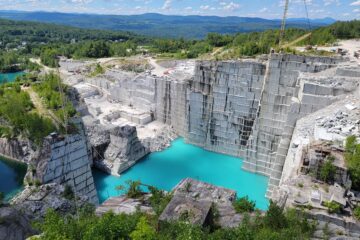
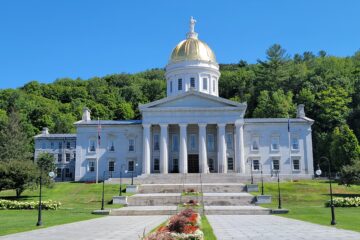
1 Comment
Joette · September 26, 2016 at 12:11 pm
I never knew that Nova Scotia means New Scotland!